OBSERVING UNIFORM CIRCULAR MOTION WORKING MODEL
SCIENCE LAB EQUIPMENT WORKING MODEL / SCIENCE EXHIBITION WORKING MODEL
5 in stock
OBSERVING UNIFORM CIRCULAR MOTION
Uniform circular motion refers to the motion of an object traveling in a circular path at a constant speed. In this type of motion, the object moves along the circumference of a circle with a steady velocity, meaning its speed remains the same, and its direction changes continuously. Here’s a breakdown of the key characteristics and concepts associated with uniform circular motion:
**1. Constant Speed:** In uniform circular motion, the speed of the object remains constant throughout its motion along the circular path. This means that the magnitude of the object’s velocity (speed) does not change.
**2. Changing Direction:** Despite the constant speed, the object’s velocity is continually changing because it is moving in a circular path. Velocity is a vector quantity that includes both speed and direction. As the object moves around the circle, its direction of motion changes, leading to a change in velocity. However, the object’s speed remains the same, resulting in uniform circular motion.
**3. Centripetal Acceleration:** Despite moving at a constant speed, an object undergoing uniform circular motion experiences acceleration. This acceleration, known as centripetal acceleration (\(a_c\)), is directed towards the center of the circle and is responsible for continuously changing the object’s direction of motion while maintaining its speed. The magnitude of centripetal acceleration can be calculated using the formula:
[ a_c = v^2 / r ]
Where:
– \( v \) is the speed of the object.
– \( r \) is the radius of the circular path.
**4. Centripetal Force:** According to Newton’s second law of motion (\( F = ma \)), the centripetal acceleration of an object undergoing uniform circular motion requires a net force to act on it. This force is called the centripetal force and is directed towards the center of the circle. The centripetal force can be provided by various mechanisms, such as tension in a string, gravitational attraction, or friction.
**5. Frequency and Period:** The frequency (\( f \)) of uniform circular motion refers to the number of complete revolutions the object makes per unit time (usually measured in hertz, Hz). The period (\( T \)) is the time taken for the object to complete one full revolution. The relationship between frequency and period is given by \( f = 1 / T ).
**Applications:** Uniform circular motion is encountered in various real-life scenarios, including:
– Planetary motion around the sun.
– Motion of a car around a circular track.
– Rotational motion of objects in amusement park rides.
– Motion of a ceiling fan or a car wheel.
Understanding uniform circular motion is essential in physics and engineering, as it provides insights into the concepts of velocity, acceleration, and force in rotational systems.
Analysis:
- Velocity Vector:
- Analyze the velocity vector of the object. In uniform circular motion, the magnitude of the velocity remains constant, but the direction changes continuously.
- Centripetal Acceleration:
- Discuss the concept of centripetal acceleration, which keeps the object moving in a circular path. It is directed towards the center of the circle and is responsible for continuously changing the object’s direction.
- Centripetal Force:
- Explain that a centripetal force is required to maintain uniform circular motion. This force acts towards the center of the circular path and is provided by various factors, such as tension in a string or gravitational attraction.
Observing uniform circular motion provides insights into fundamental concepts of physics, including velocity, acceleration, and force. It also helps in understanding the motion of objects in circular orbits and rotating systems.
| Weight | 0.5 kg |
|---|---|
| Dimensions | 25 × 25 × 5 cm |
You must be logged in to post a review.
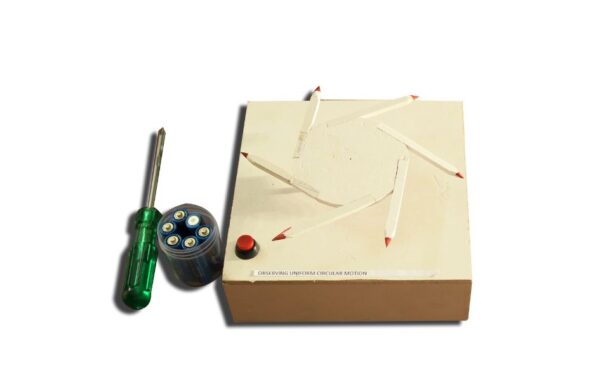
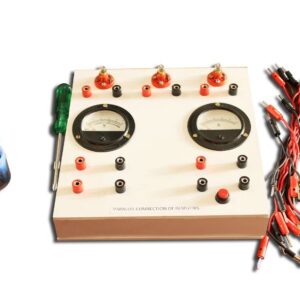
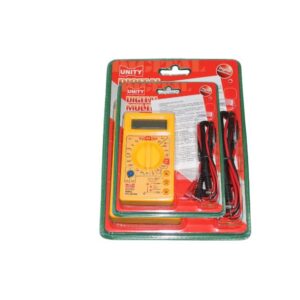
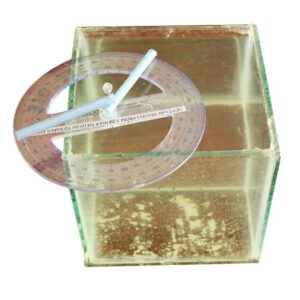
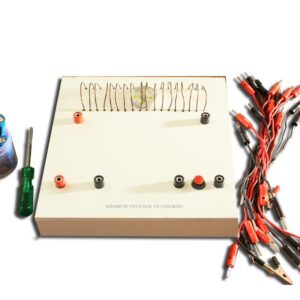
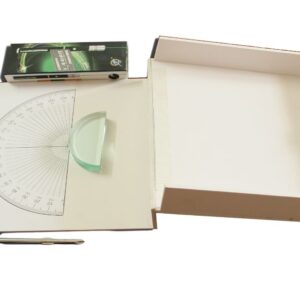
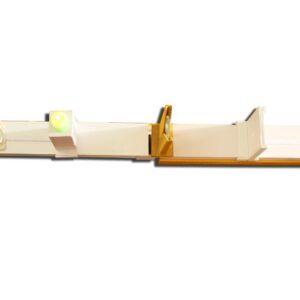
Reviews
There are no reviews yet